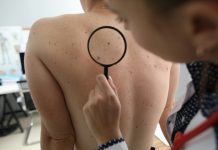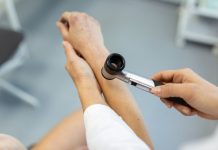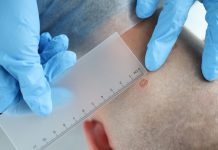
Recent data from the World Health Organization (WHO) and the International Labour Organization (ILO) is sounding the alarm on the rise of skin cancer cases connected to work environments.
The groundbreaking report reveals that a significant number of non-melanoma skin cancer deaths are due to occupational exposure to harmful ultraviolet (UV) rays from the sun.
Occupational UV Exposure a Major Concern
The WHO and ILO have highlighted that nearly one-third of all non-melanoma skin cancer deaths globally are a direct result of UV radiation exposure at work. This places occupational UV exposure as the third leading cause of work-related cancer, following asbestos and silica dust.
The report, also published in Environmental International, points out that industries like agriculture, construction, and fishing are particularly high-risk due to extended outdoor work hours.
The study emphasizes that both employers and workers must take proactive steps to mitigate these risks. Simple but effective measures include providing shade, adjusting work hours, enforcing protective clothing requirements, and ensuring access to sunscreen.
Global Impact and the Path Forward
In 2019, over a billion workers were exposed to UV radiation, equating to 30% of the global working-age population.
The number of deaths linked to work-related UV radiation exposure has seen a dramatic increase, urging a reevaluation of occupational health strategies.
The study’s lead author, Frank Pega, an epidemiologist at WHO, calls for a paradigm shift. He suggests that occupational health systems must adapt to recognize the seriousness of UV radiation exposure in workplaces.
Early Detection and Compensation
Pega also highlights the need for better access to early skin cancer screening and suggests that including skin cancer from occupational sunlight exposure in national workplace disease lists could allow affected workers to claim compensation.
ILO Director-General Gilbert Houngbo reminds us that a safe and healthy work environment is a basic labor right.
With collaborative efforts among governments, employers, and workers, the occupational risks of UV exposure can be significantly reduced, potentially saving thousands of lives each year.
The Urgency of Adaptation
The research underscores the urgency for countries to adapt their labor laws and health systems to address this growing concern.
Acknowledging occupational skin cancer as a compensable disease could also pave the way for better worker protection and healthcare provisions.
In conclusion, this extensive study serves as a critical call to action for improving workplace safety against UV radiation, with the potential to profoundly impact public health and worker welfare worldwide.
If you care about skin health, please read studies about the top signs of diabetic skin disease, and the Mediterranean diet could help lower the skin cancer risk.
For more information about skin health, please see recent studies about eating fish linked to higher risk of skin cancer, and results showing how to combat the effects of aging on your skin.
Follow us on Twitter for more articles about this topic.
Copyright © 2023 Knowridge Science Report. All rights reserved.



